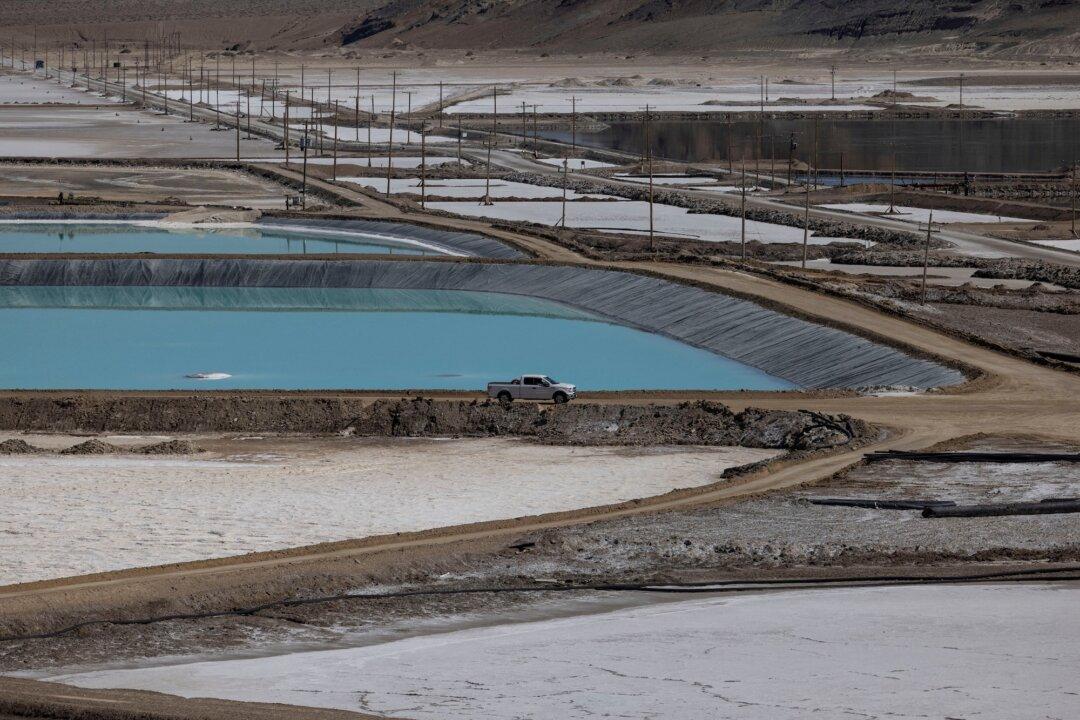U.S. prices for organic soybeans used to feed livestock and manufacture soy milk have surged to record highs, triggering downstream price increases for food such as organically raised chicken, and coming as global food prices have risen to their highest levels in a decade.
The upward price pressure comes as shortages of container ships to import organic crops and logjams at U.S. ports are sending shipping costs to record highs. According to industry estimates, the United States imports around 70 percent of its organic soybeans, and domestic production hasn’t increased enough to keep up with robust demand.
Bell & Evans, a Pennsylvania-based organic chicken producer, has been affected by the rising input costs, raising all chicken prices in July and telling Reuters it will probably raise prices again.
“We’re in the most challenging time since the organic world started when it comes to feeding animals and selling an organic animal protein,” owner Scott Sechler told the outlet. “It’s a madhouse now.”
Debarshi Sengupta, chief financial officer for chicken producer Farmer Focus, told Reuters that if current price trends continue, organic feed prices used to raise chickens will be up nearly 40 percent by the end of the year.
While much of the broader inflation story has focused on surging energy costs and products affected by the semiconductor chip shortage, such as used cars, rising food cost signals are increasingly flashing red.
Food prices across the world have risen to their highest levels in a decade on the back of tightening supply conditions coupled with robust demand, according to the Food and Agriculture Organization of the United Nations (FAO).
Experts say increasing energy costs around the world could exacerbate the problem.
Food price inflation is also driving up consumer expectations for future price increases.





